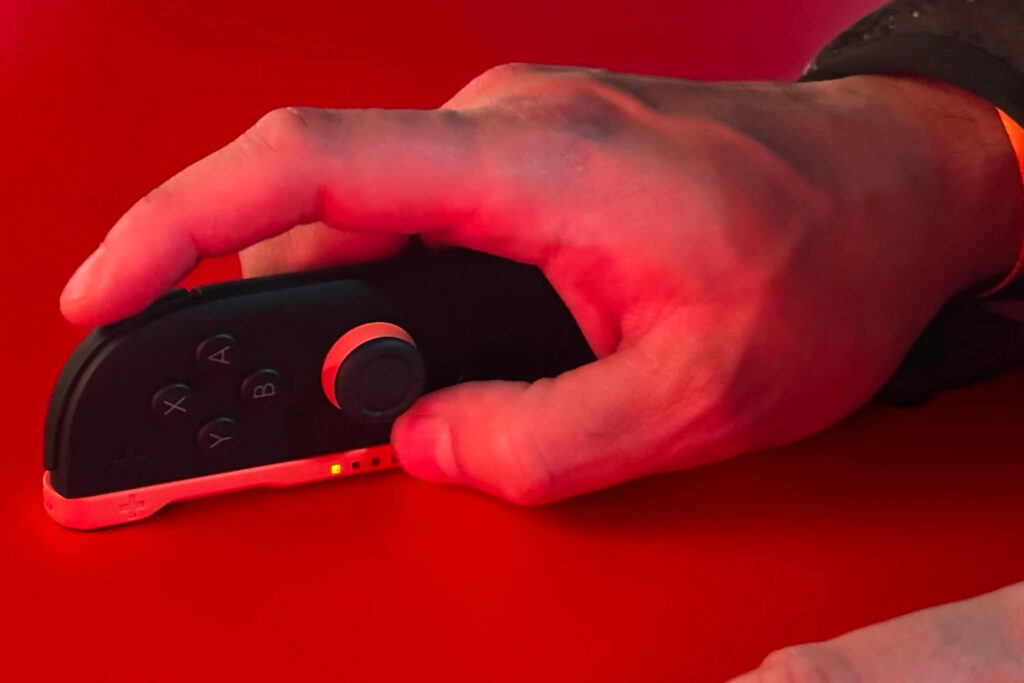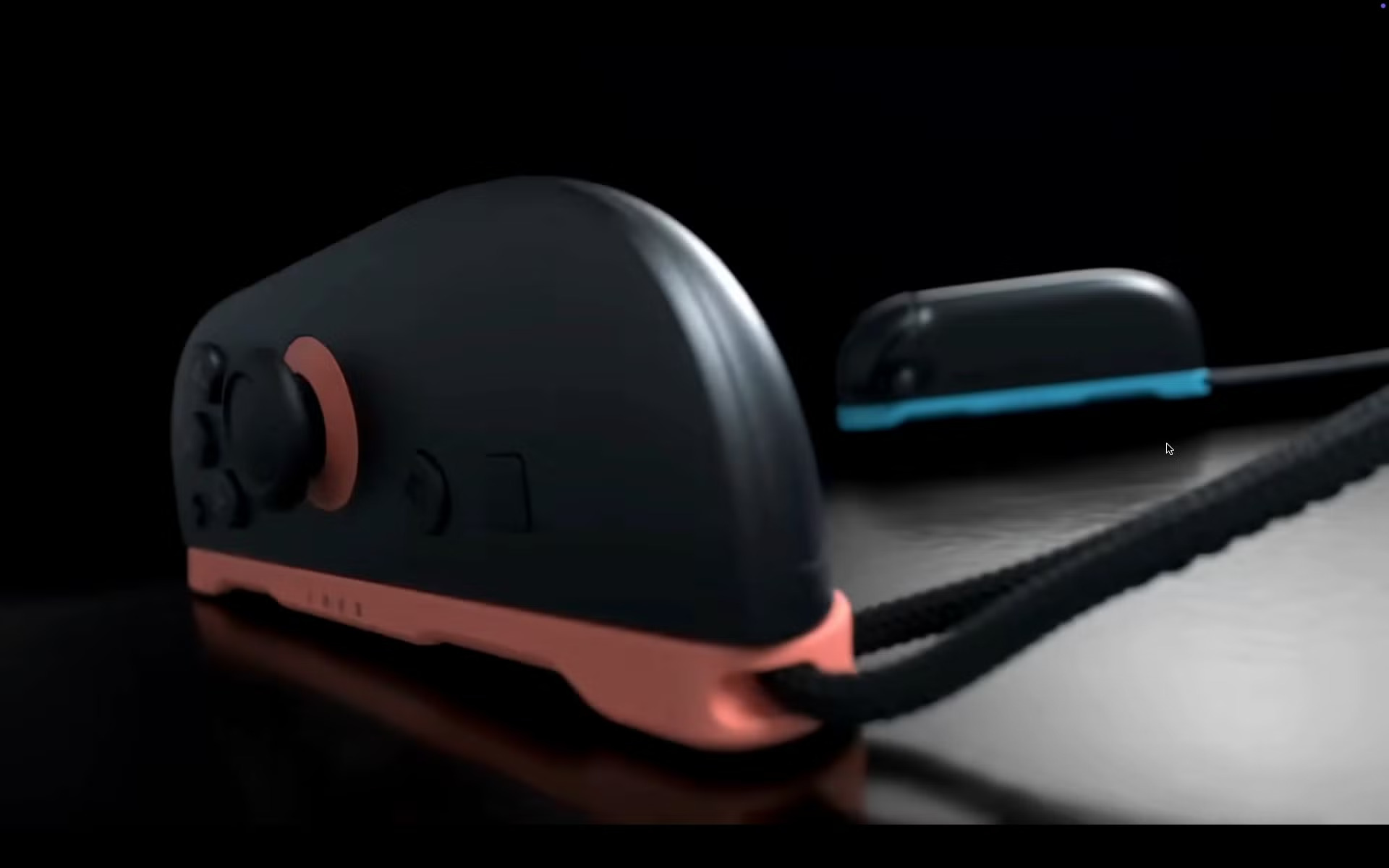The Nintendo Switch 2 has officially been unveiled, and while much of the attention has turned toward its June 5 release date, one of the more curious features revealed is the inclusion of mouse-style controls integrated into the Joy-Cons. Initially, this seemed like a surprising move—allocating development resources to a relatively niche control method for a console. However, considering Nintendo’s history of unorthodox innovation, this addition fits right in with the company’s approach to standing apart from traditional console design.
During the recent Nintendo Direct, several new features were introduced: a social chat system, webcam support, and a paid onboarding guide titled Welcome Tour. True to form, Nintendo continues to take risks that other hardware makers might avoid, often with results that are just as polarizing as they are inventive.
Joy-Con Mouse Mode Explained
The Switch 2’s “mouse mode” involves placing the Joy-Con flat on a surface, where it uses its internal sensor and gyroscope to manipulate icons on the screen and even rotate them. One demonstration featured a mini-game titled Speed Golf, which combines these sensor inputs to adjust the angle of a golf swing. Presented as a tech showcase, this game highlighted the controller’s capability in a fun but clearly experimental way.
Later, Metroid Prime 4 Beyond was shown utilizing the mouse feature in a more serious context. Footage included a small camera shot of the feature in action, providing a practical look at how the system works. Despite this, the experience appeared uncomfortable and clunky. The player had both hands firmly gripping the Joy-Cons to access all the necessary inputs, but their design didn’t seem optimized for this style of play. The original Joy-Cons were never the pinnacle of ergonomic design, and the updated versions haven’t dramatically changed that impression.
Practical Concerns and Compatibility Limitations
Though the concept of mouse input on a handheld-console hybrid might sound appealing—especially for titles that benefit from precise input like Civilization 7—the implementation feels caught between two worlds. It restricts players to a flat surface, undercutting the handheld freedom the Switch line is known for, while also falling short of the fluidity and responsiveness of a dedicated mouse and keyboard setup.

A further complication arises in game support. Not all Nintendo Switch 2 titles are guaranteed to include compatibility with mouse controls. A case in point: Borderlands 4 was announced for the platform, yet there was no mention of it supporting the mouse mode. While this doesn’t confirm it won’t have that option, the omission raises doubts about the feature’s widespread adoption.
Is There Hope for True Mouse and Keyboard Support?
The Switch 2 includes a spare USB-C port, which could hypothetically allow for direct mouse and keyboard support. However, no announcement during the showcase confirmed such functionality. Those hoping for full-scale PC-like input options may need to temper expectations, at least for now.
Titles like The Duskbloods, a new exclusive from From Software, and Yakuza 0: Director’s Cut are highly anticipated, but for many players, traditional gamepads will likely remain the preferred input method—regardless of what new control gimmicks are available. After all, as fans often joke, real yakuza stick with controllers.
Other important technical parameters of the Nintendo Switch 2 can be found here.
